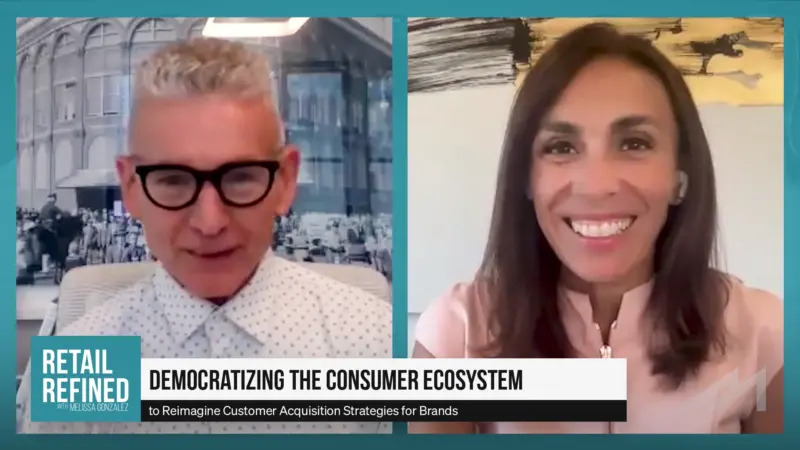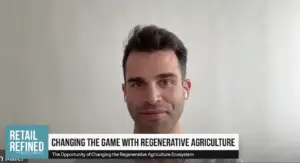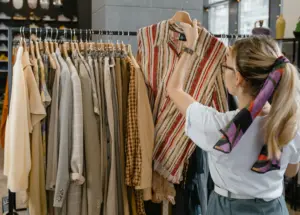Success in the Shein/Forever 21 Partnership Hinges on Data Integration Strategy
If the Shein/Forever 21 partnership is to be successful, the right data integration strategy could make all the difference.
The recent partnership between Singapore-based Shein and Forever 21 is a notable development in the retail sector, merging the strengths of a dominant e-commerce platform with a traditional brick-and-mortar brand. This collaboration promises to offer shoppers a broader product range and hints at the potential of Shein establishing a physical presence in select Forever 21 locations.
Such a move raises intriguing questions: How will this partnership impact the retail shopper and the intricacies of the retail supply chain? What valuable data insights can both brands extract from this collaboration to further refine their strategies? As the lines between online and offline shopping experiences blur, it’s essential to understand the optimization of such partnerships to ensure that the data captured is both actionable and strategic for all involved parties.
Savannah Wei Shi, J.C. Penney Research Professor at the Leavey School of Business at Santa Clara University, had a lot to say about the Shein/Forever 21 partnership, citing many factors essential for success. Still, in a sector where data can be the difference maker, integrating the two retail entities could make them a fast-fashion powerhouse.
Savannah’s Thoughts
“When it comes to the online store going to the offline store, the question arises: how do we strengthen the online and offline partnership? Not just between Shein and Forever 21 but also between Shein’s online and offline stores. So, how do we create a consistent brand image in both online and offline shopping experiences? I think this is a very interesting partnership between an online ecommerce store with an offline store. Actually, we’ve seen this kind of partnership way before Shein and Forever 21 started their partnership.
For instance, if you think about Blue Nile, it’s an online diamond-selling company where they used to be pure play where you can only buy the diamond online. Eventually, they started venturing into Nordstrom and having their standalone store. So that’s a way to reach out to their customer in the offline stores. Another example is Amazon. We all know Amazon started as an online store, and they bought a bunch of offline places so that they can have this offline in-person contact with the customer.”
The Psychology Behind Physical Shopping
“The reason they’re doing that is that online or e-commerce retailers start to realize that online is not enough. When people buy clothes, they tend to have a higher level of need for touch. This is a well-studied psychology measure or scale. So, when people start to buy clothes, they want to feel the clothes, they want to feel the material, the quality, they want to try it out, which is almost impossible to do satisfactorily in the e-commerce context. So, this partnership allows Shein, which is a low-priced fashion retailer, to leverage the offline stores from Forever 21 to give customers a taste of what their clothes really look like when they try them on.
Another interesting thing about this partnership is that Shein and Forever 21 are very similar when it comes to price competition. They’re almost in the same price range and are competing for almost the same group of customers. If you think about Shein, where they put their ads on platforms like TikTok and Facebook, we haven’t seen them bombarding us through TV ads yet. They know where their customers are. Those are younger generations who tend to want to see their ads on digital channels. By partnering up with Forever 21, whose target customer is also a younger generation, I think they’ve found the right channel to reach out to their customers.
The third thing I want to mention is that in addition to the need for touch and other physical touchpoints with their customers, Shein also wants to start branching out in their store environment or store aesthetics when it comes to customer contact points. When we go to a store to make a purchase, it’s not just about seeing what the product looks like but also about experiencing what the store feels like. What about the sales personnel? So having an offline presence is augmenting this aspect for the Shein ecommerce store.”
Data Collection and Challenges in Integration
“When it comes to data collection, our typical stance as an online store is that it’s much easier to collect clickstream data. We can see where consumers click, what products they’re viewing, whether they put items in the shopping cart or apply a sales promotion. But don’t forget that offline data is also a great resource to generate insight. For instance, many stores nowadays have RFID on their garments or products. So whenever consumers pick up a piece of clothing or shoes and take it into the fitting room to try it out, they’re able to track the path as it goes through the store. By tracking the path when they go through the physical store, they’re able to see what garments or pieces of clothing or accessories they are comparing with. How long does it take for customers to decide on one piece of clothing but not the other? What are the competing clothes they’re looking at in a more realistic offline shopping environment? This is a piece of insight that we’re not able to generate when it comes to online stores.”
Challenges and Opportunities in Online-Offline Integration
“When it comes to the partnership between online and offline stores, especially as an e-commerce store transitioning to an offline setting, there are things to keep in mind. The first is the cost. As an online store, overhead costs, rentals, insurance, and sales personnel expenses are much lower compared to an offline setting. And when an online store transitions to an offline store, how do we strengthen the online and offline partnership, not just between Shein and Forever 21 but also between Shein’s online and offline stores? How do we create a consistent brand image in both online and offline shopping experiences?
So, when it comes to the online shop, it offers virtually unlimited shelf space, allowing an online e-commerce store to have a vast assortment of merchandise available for sorting and purchasing. But when we transition to an offline store, we often find that sizes or colors might not be available, and choices can be limited. When an online store goes into the offline space, how to create a similar shopping experience for the customer is crucial. And you also mentioned the dataset collected. Yes, we are all excited when it comes to more data coming in from both online and offline stores. But we have to keep in mind that when it comes to online shoppers and offline shoppers, their profiles might differ. So, integrating that data is a challenge we need to address.
When it comes to Shein, it’s a rapidly growing e-commerce company. We see their ads everywhere, and the younger generation is starting to pay attention to Shein and other fast fashion brands. It’s a similar reaction to what we’ve seen with brands like Forever 21, H&M, and Zara. One thing I want to point out is the fashion waste problem that’s been widely discussed in today’s fashion market. So, when it comes to low-cost fashions, are we directing consumers in the right direction when it comes to fashion waste? Or are we persuading them to opt for something more sustainable that can last longer? It’s a bigger question that we all need to pay attention to.”
Article by James Kent







